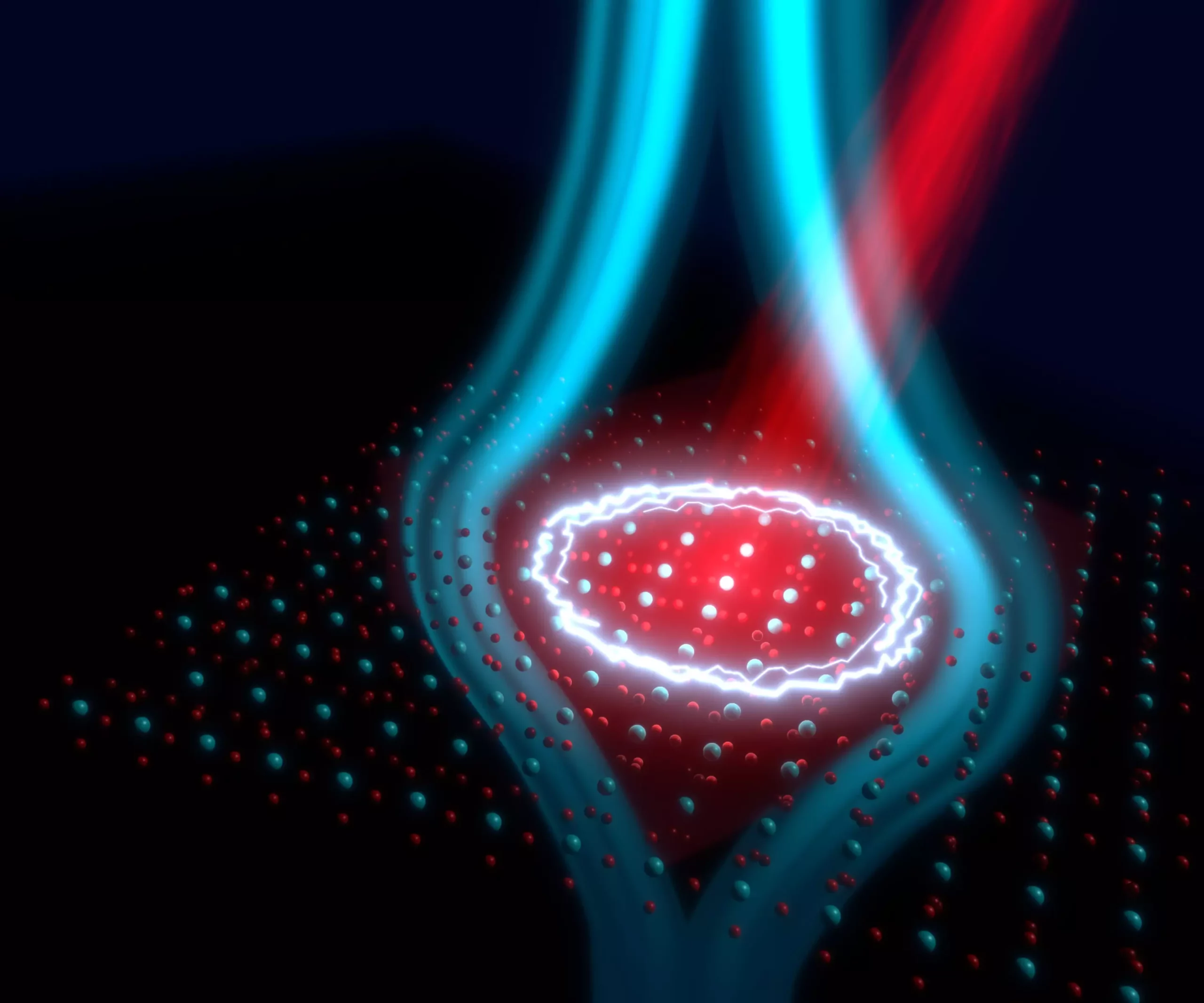Superconductivity captivates scientists and technologists alike with its promise: the ability to conduct electricity without any resistance. This extraordinary behavior of materials emerges only under specific, typically frigid conditions, making it an area of considerable intrigue and investigation. As researchers delve deeper, the focus is shifting from classic superconductors, which must exist at very low temperatures, to exploring avenues that could allow superconductivity to manifest at more practical, ambient conditions.
Given the rapid advancements in materials science, the investigation into non-equilibrium states where superconductive properties might thrive is particularly exciting. Recent studies demonstrate that these often ephemeral states can exhibit superconductive qualities even at or near room temperatures, which could revolutionize various applications within electronics and energy sectors. This exploration uncovers a path toward “light-induced superconductivity,” where laser pulses can create conditions that foster superconductivity, diverging from traditional approaches that rely on cooling.
Understanding Non-Equilibrium Superconductivity
The concept of light-induced superconductivity harkens back to the fundamental mechanisms of superconductivity itself. Under typical conditions, superconductors exhibit zero electrical resistance and expel magnetic fields, an effect known as the Meissner effect. However, measuring this behavior in non-equilibrium contexts has been challenging due to the transient nature of the states. Traditional methodologies fall short in capturing fleeting phenomena, which operate on the timescale of picoseconds.
Fortunately, a groundbreaking study from the Max Planck Institute for the Structure and Dynamics of Matter in Hamburg introduces innovative strategies to probe these swift phenomena. Researchers are now equipped to observe the magnetic properties of superconductors at unprecedented speeds, affording deeper insights into the behavior of materials that might be artificially pushed into superconducting states through advanced techniques like laser irradiation.
The Experimental Breakthrough
Led by Andrea Cavalleri, this pivotal research leverages YBa2Cu3O6+x, a high-temperature superconductor, under non-equilibrium conditions. The findings reveal that when this material is photo-excited—a process involving laser energy passing through it—it not only achieves an extraordinarily low resistance state but also demonstrates the ability to expel magnetic fields, akin to conventional superconductors operating within equilibrium states. This remarkable outcome speaks to the underlying coherence and collective dynamics of charge carriers, akin to standing in sync to form a synchronized wave, maintaining their orderly march despite the non-equilibrium pressures.
The researchers employed an ingenious setup that utilized a neighboring spectator crystal to monitor the magnetic field surrounding the sample. This method allowed researchers to transform changes in magnetic field strength into detectable variations in the polarization of laser light, enabling them to capture the evolution of magnetic properties with sub-picosecond precision. Such innovations could pave the way for new experimental protocols that advance the understanding of superconductivity.
The Road Ahead: Unlocking Potential
As the researchers continue to unravel the secrets of light-induced superconductivity, there lies a promise of unearthing superconducting behaviors accessible at higher temperatures. The implications of driving materials with tailored light pulses could bridge the gap between theoretical models and real-world applications, potentially benefiting industries that could leverage superconductors for energy transport, magnetic levitation, and ultra-fast electronics.
The findings instill optimism, suggesting that the elusive goal of achieving room-temperature superconductivity could shift from distant aspiration to tangible reality. Each step forward in this unchartered territory not only enhances foundational knowledge but also brings us closer to harnessing the power of superconductivity in everyday technology. The impact could extend far beyond fundamental physics, plunging into practical applications that revolutionize how we utilize energy and transmit information, thereby shaping the future of technology.
In sum, the ongoing research establishes crucial benchmarks for understanding light-induced superconductivity and refines the theories surrounding it. The establishment of new parameters around fluctuating superconducting orders ignites significant prospects for further development, inspiring a bold vision of a technologically advanced world driven by efficient, lossless energy transfer.


Leave a Reply